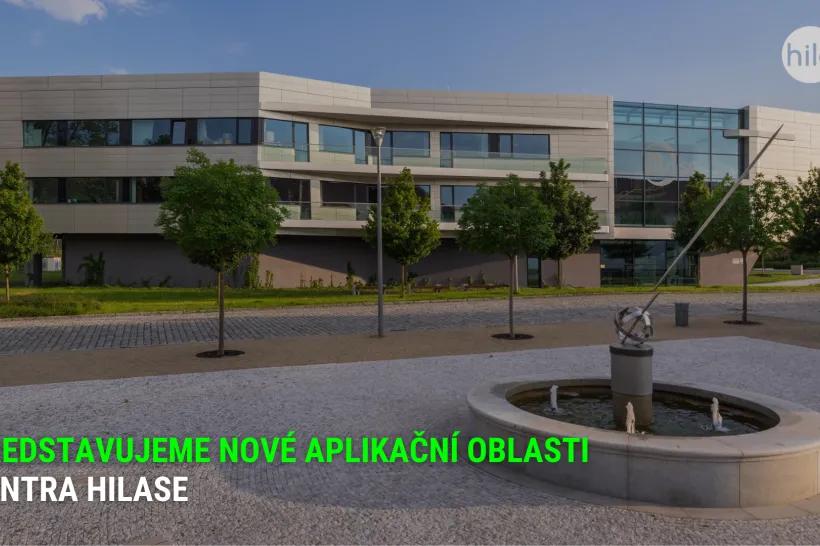Research
One of the brightest gamma-ray bursts was observed by Czech telescopes
On the night of June 19-20, 2021, visible light from a source 10 billion light-years away from Earth was captured by three telescopes. Two of them – robotic telescopes – are operated by Czech institutions – the D50, located in Ondřejov, is managed by the Astronomical Institute of the Czech Academy of Sciences, while the other, FRAM-ORM, is located on the Spanish island of La Palma. The third telescope, Mini-MegaTORTORA, is installed in Nizhny Arkhyz, Russia. An international team has published a study of this extraordinary source in the May issue of Nature Astronomy.
Biosensors as a public health tool – research by a team of scientists from the Institute of Physics of the Czech Academy of Sciences has been published by the prestigious Journal of Travel Medicine
Scientists from the Institute of Physics of the Czech Academy of Sciences have published the results of extensive research in the field of public health. Their aim was to map the occurrence of SARS-CoV-2 virus in Prague public transport during the COVID-19 pandemic. The team from the Laboratory of Functional Biointerfaces, led by Hana Lísalová, developed special biosensors for testing. Their use has provided new insights into the fight against infectious diseases. The research has recently been published in Journal of Travel Medicine.
The future of data transfer from the LHC accelerator at CERN was discussed at the Institute of Physics
Networking experts from around the world discussed the current status and development of data transfers from the LHC accelerator at CERN and other scientific experiments requiring large data transfers. During the LHCOPN-LHCONE meeting at the Institute of Physics on 18-19 April, more than 70 experts met physically and virtually and agreed on the need to expand the use of IPv6 and strengthen network connections to meet the needs of large projects.
New crystallographic method will help pharmacists and faster computers
Swapping your left shoe for the right one while putting them on is unpleasant, but swapping molecules in the same way when making medicines can be fatal - instead of a drug poison is produced. A new method invented by a team of international scientists led by Lukas Palatinus from the Institute of Physics of the Czech Academy of Sciences will help prevent this. The unique procedure for determining the position of atoms in crystals was published last week in the Nature Chemistry journal.
Verhagen's recipe for 2D sandwiches: you layer single-atom layers of different materials
In an ambitious project, Tim Verhagen, a Dutch scientist at the Institute of Physics of the Czech Academy of Sciences, aims to create a new type of material that will have simultaneously ferromagnetic and ferroelectric properties at room temperature. The project, which is funded by the European Research Council (ERC), involves the deposition of very thin, single-atomic layers of different materials on top of each other to create so called “2D sandwich".
Sensors developed with Czech support help protect water consumers in Europe
Water pollution is endangering more lives annually than all forms of violence and war. Accessible sources of clean water are limited. Less than 1 percent of the planet's freshwater is available to us. The international Aqua3S project proposes innovative solutions to water facilities, as well as the standardization of current existing sensor technologie.








